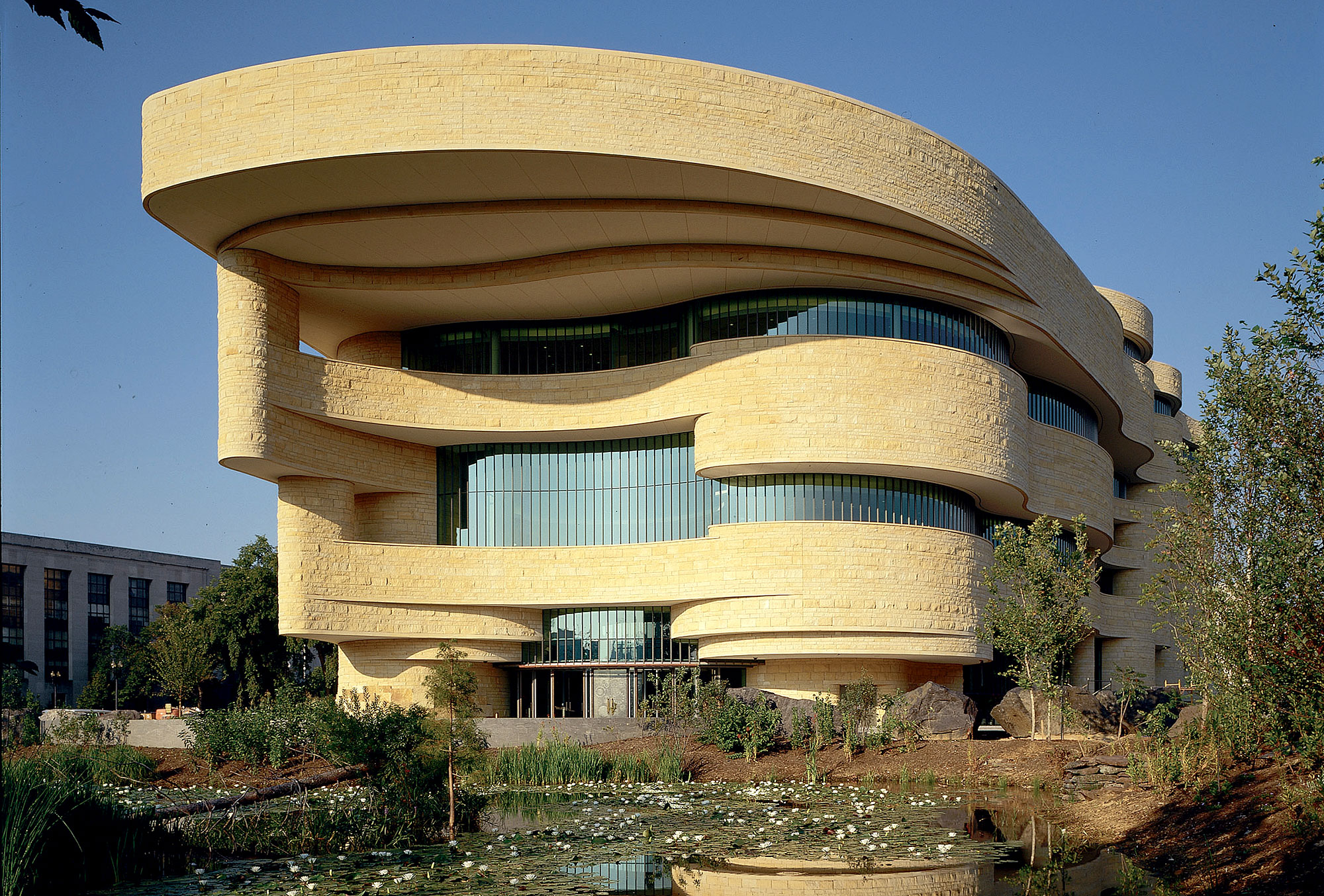National Museum of the American Indian Receives Donation of Nearly $5.7 Million From Federated Indians of Graton Rancheria in California
The Smithsonian’s National Museum of the American Indian has received a $5.67 million gift from the Federated Indians of Graton Rancheria, a federally recognized tribe in Northern California. This gift is the largest to date dedicated to supporting the museum’s national education initiative, Native Knowledge 360° (NK360°). These funds will allow the museum to underwrite, pilot and launch the first national, state and local model, which will produce content that can be easily integrated into education curricula throughout the nation. The model also includes professional development for educators.
“It cannot be overstated: Native history is American history,” said Kevin Gover, director of the National Museum of the American Indian. “Native people need to be involved in the telling of the American story. Native Knowledge 360° is our museum’s way of ensuring that Indigenous people are in that conversation. This generous gift from Federated Indians of Graton Rancheria makes it possible for the museum to work with Native scholars and knowledge-keepers to include Native narratives in educational materials at the national, state and local levels.”
“Understanding more about America’s collective roots will help us succeed in the future,” said Greg Sarris, chairman of the Federated Indians of Graton Rancheria. “We’re excited to make this important gift to the National Museum of the American Indian to provide much-needed access to historically accurate Native history for generations to come. It’s time to look at our past, present and future in the United States with transparency and truth.”
About Federated Indians of Graton Rancheria
The Federated Indians of Graton Rancheria are descendants of Coast Miwok and Southern Pomo tribes. The Miwok of west Marin County have, through the years, been referred to as Marshall Indians, Marin Miwok, Tomales, Tomales Bay and Hookooeko. The Bodega Miwok (aka, Olamentko) traditionally lived in the area of Bodega Bay. The neighboring Southern Pomo Sebastopol group lived just north and east of the Miwok. The town of Sebastopol is located about one mile midway between the north boundary of Miwok territory and the southern edge of Southern Pomo territory. In 2000, President Bill Clinton signed into law legislation restoring federal recognition to the Federated Indians of Graton Rancheria. The legislation also provided for the restoration of land.
About NK360°
Native Knowledge 360° (NK360°) is a set of teaching resources that provides educators and students with new perspectives on Native American history and cultures. Most Americans have only been exposed to part of the story, as told from a single perspective through the lenses of popular media and textbooks. NK360° offers educational materials and teacher trainings that incorporate Native narratives, more comprehensive histories and accurate information to enlighten and inform teaching and learning about Native America. It challenges common assumptions about Native peoples—their cultures, their roles in United States and world history, and their contributions to the arts, sciences and literature. The initiative provides a view that includes not only the past but also the richness and vibrancy of Native peoples and cultures today.
Principal funding for the Native Knowledge 360° education initiative provided by the Federated Indians of Graton Rancheria. Lead funding provided by Margaret A. Cargill Philanthropies, Cherokee Nation and Elizabeth Hunter Solomon. Major funding provided by the Booth Ferris Foundation, Ralph Lauren Corporate Foundation, National Museum of the American Indian’s National Council, Bonnie and Jere Broh-Kahn, and Deutsche Bank Americas Foundation. Additional funding provided by Rodney Coenen, The Nathan Cummings Foundation, William Lomax, TEW Foundation, the Secretary of the Smithsonian and the Smithsonian Seattle Regional Council.
About the Museum
In partnership with Native peoples and their allies, the National Museum of the American Indian fosters a richer shared human experience through a more informed understanding of Native peoples. The museum in Washington, D.C., is located on the National Mall at Fourth Street and Independence Avenue S.W. Connect with the museum on Facebook, Twitter, Instagram and AmericanIndian.si.edu.
# # #
SI-336-2020

